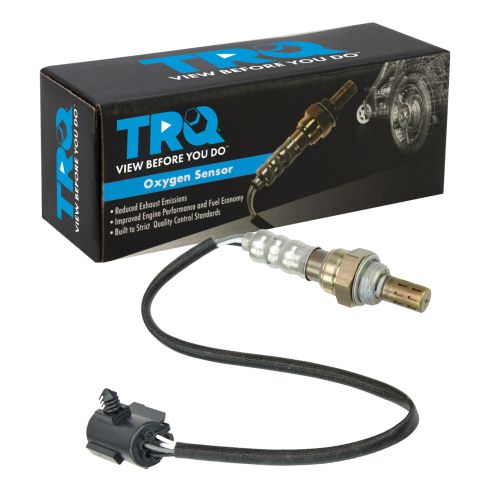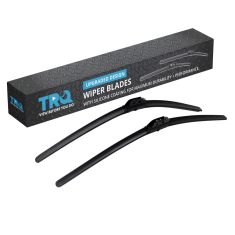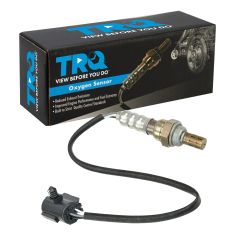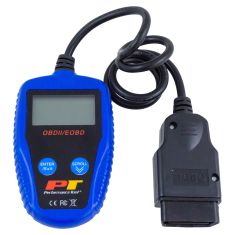1AEOS01025-Jeep Dodge Chrysler Plymouth Eagle O2 Oxygen Sensor TRQ OSA61316



Replaces
2004 Chrysler Sebring L4 2.4L DOHC without Next Generation Engine Control Module Downstream Bank 1 Sensor 2 O2 Oxygen Sensor TRQ OSA61316


Recommended for your 2004 Chrysler Sebring
Product Reviews
Loading reviews
Customer Q&A
No questions have been asked about this item.
Chrysler is a registered trademark of FCA US LLC. 1A Auto is not affiliated with or sponsored by Chrysler or FCA US LLC.
See all trademarks.














